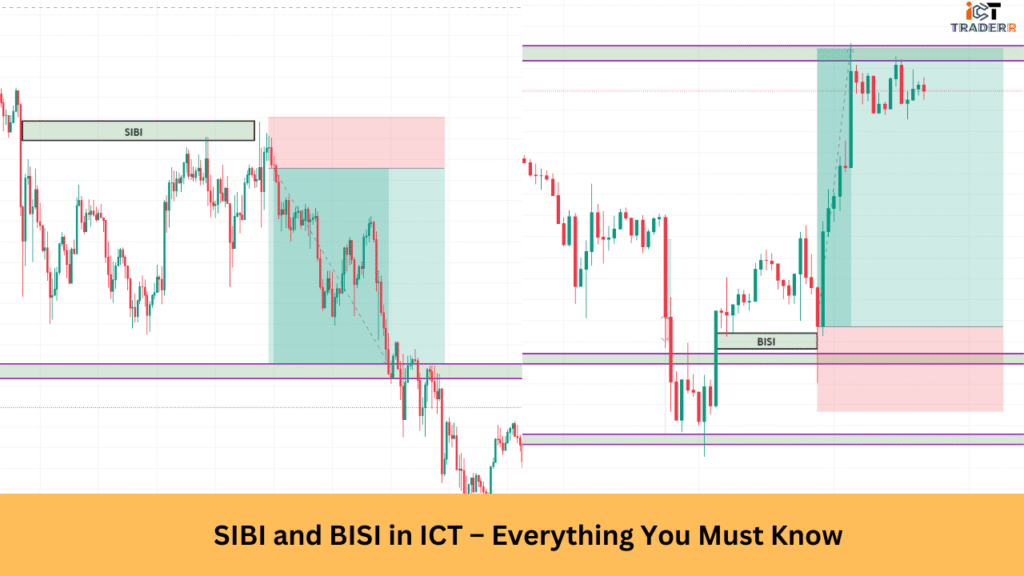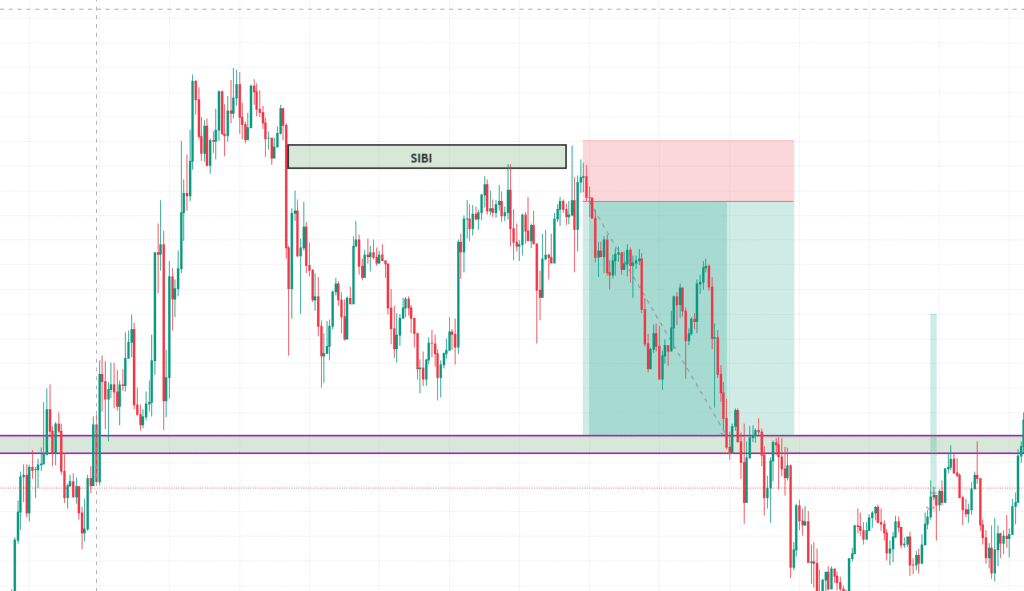Data transmission and system interoperability are becoming important in the field of Information and Communication Technology. Two important concepts that bring this perfect seam-free link are SIBI (Standard Interface for Business Information) and BISI (Business Information Standard Interface). Understanding SIBI and BISI requires a solid grasp of Fair Value Gap dynamics to confirm institutional intent. Although both terms appear similar, they serve different purposes.
In this article we will explain what SIBI and BISI entail, how they differ from each other, their importance in ICT, how to use them, and some FAQs

What is SIBI?
SIBI refers to the Semantic Information-Based Indexing mechanism, which is a newer method of information management that affects the organization, search, and processing of data in a digital space. In this sense, it appears to serve some advanced indexing functions but sets itself apart due to:
- It uses semantic relationships between information objects.
- It does favorable context-aware data retrieval.
- It improves the efficiency of information processing in general.
- It accommodates intelligent algorithms to differentiate content nuances.
What is BISI?
BISI (Bidirectional Information Semantic Indexing) represents an advanced technique in information management facilitating:
- The two-way semantic analysis of digital content.
- Better cross-referencing of information.
- More intelligent, machine learning- and AI-driven way of processing information.
- Accurate and context-based interpretation of data.
Key Differences Between SIBI and BISI
| Feature | SIBI (Structured Information-Based Interface) | BISI (Basic Information System Interface) |
| Data Structure | Highly structured and organized | Basic and simple |
| Complexity | More complex and feature-rich | Simple and easy to implement |
| Efficiency | High efficiency in data retrieval | Moderate efficiency |
| Scalability | Suitable for large-scale ICT projects | Best for small to medium applications |
| Cost | Higher implementation cost | Lower cost and easy maintenance |
| Use Case | Advanced ICT environments | Fundamental communication protocols |
Why Are SIBI and BISI Important in ICT?
Both SIBI and BISI play a vital role in ICT by improving data organization, retrieval, and transmission. Their importance can be seen in several areas:
Want to go deeper? Check out this Fibonacci levels article.
1. Enhanced Data Communication
- Facilitates seamless data exchange across different systems.
- Ensures compatibility between various ICT platforms.
2. Improved Data Management
- SIBI ensures efficient storage and structured organization of large data sets.
- BISI simplifies data flow and communication between systems.
3. Higher System Efficiency
- Optimizes ICT operations by reducing data redundancy and enhancing processing speeds.
4. Cost and Performance Considerations
- BISI is a more affordable solution for basic ICT functions.
- SIBI is better suited for high-end, large-scale applications that require advanced indexing and retrieval mechanisms.
5. Security and Compliance
- SIBI’s structured approach ensures regulatory compliance and data security.
- BISI allows flexibility while maintaining basic security protocols and IPDA ICT.
How to Use SIBI and BISI?
These blocks are most effective when paired with ICT Order Blocks or rejection zones for confluence.
To effectively implement SIBI and BISI in ICT, follow these steps:
Using SIBI:

Analyze Data Requirements
What is the type of data that needs to be managed?
Select a Suitable Framework
Choose an appropriately structured data management system.
Implement Data Organizational Strategy
Use techniques like relational databases, data warehouses, and structuring forms.
Optimization for Performance
Indexing and Query Optimization can be applied.
Constant Monitoring and Updating
Maintain data consistency and data security.
Using BISI:

Identify Communication Needs
Assess the compatibility requirements of the system.
Establish Protocols
Use elementary information interchange protocols.
Enable System Interlacing
Means of profiting from secure and efficient data transportation.
System Performance
Monitor regularly to ensure data are transmitted accurately and efficiently.
Upgrade as Requirements Demand
Cannot rule BISI out, but as more complex requirements arise, SIBI systems may be introduced.
Conclusion
SIBI and BISI are components of the ICT ecosystem, wherein both serve their unique purposes in data management and communication. SIBI provides an organized and efficient way of processing intricate data, while BISI provides a basic framework for elementary system interactions. Understanding their distinctions, applications, and relevance will help your organizations select the best method to maximize their ICT operations.
FAQs
What is the main function of SIBI in ICT?
SIBI is utilized for organized, structured data, hence providing efficient storage, retrieval, and processing in different types of ICT systems.
What is the difference between BISI and SIBI?
BISI emphasizes basic data transfer and system communication, while SIBI emphasizes structured data management and optimization.
What is more suitable for large-scale ICT applications?
SIBI is more appropriate for large-scale applications because it offers a structured approach and is more efficient.
Can BISI be upgraded to SIBI?
Yes. Change from BISI to SIBI can be made under ICT requirement growth and advanced data handling need.
Are SIBI and BISI considered necessary for all ICT systems?
Though not mandatory, they significantly help in data management, communication efficiency, and system performance and hence are extremely useful.



